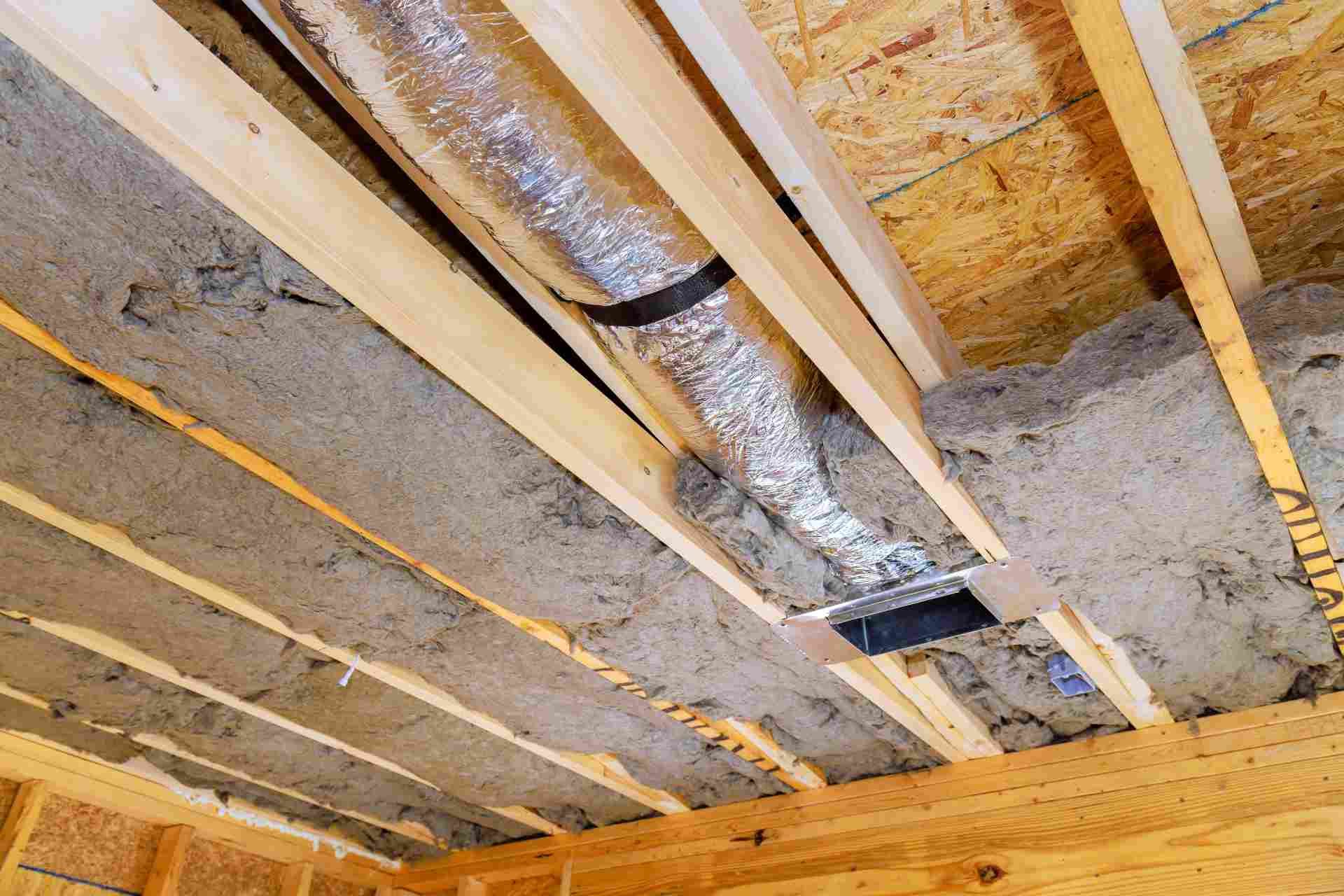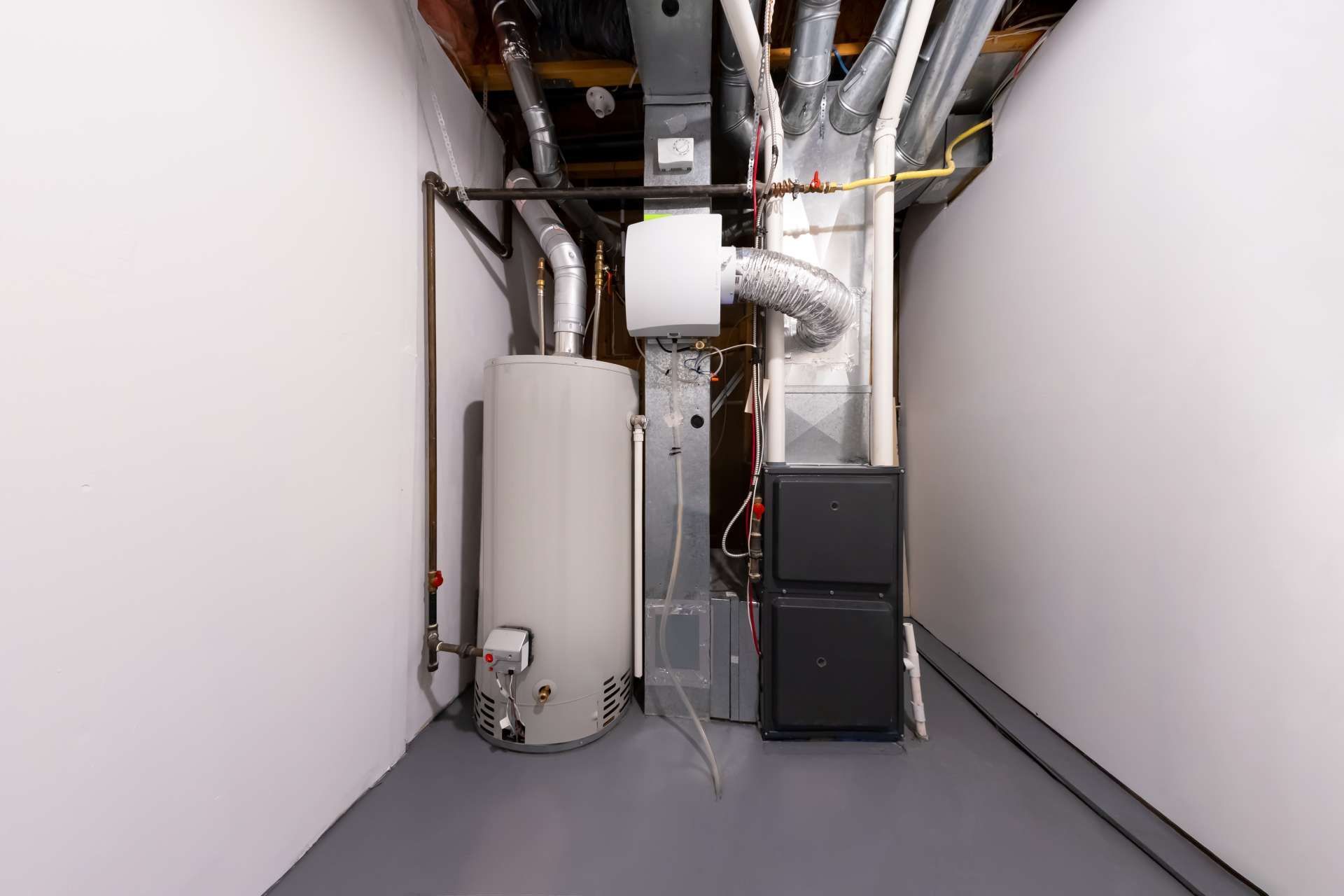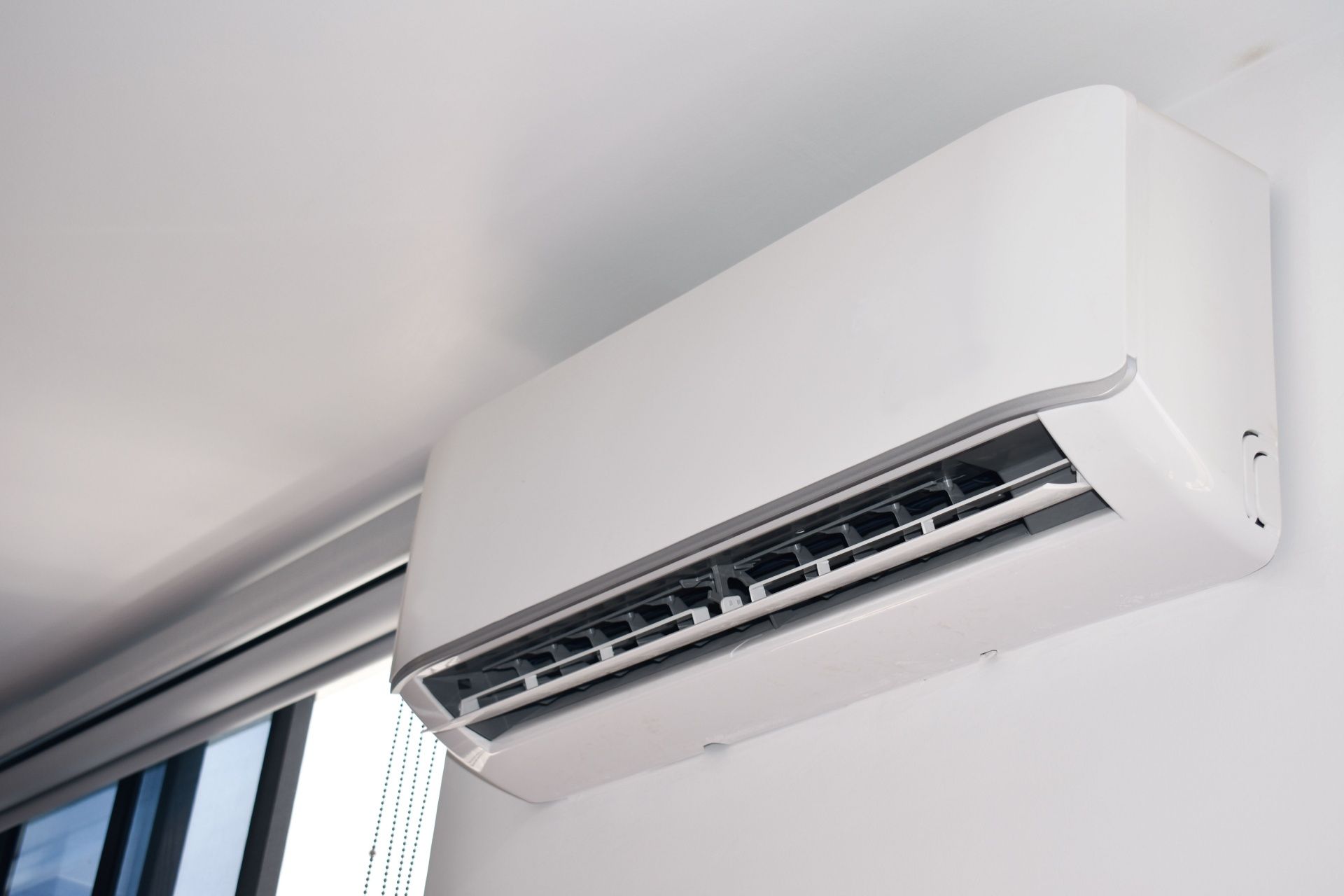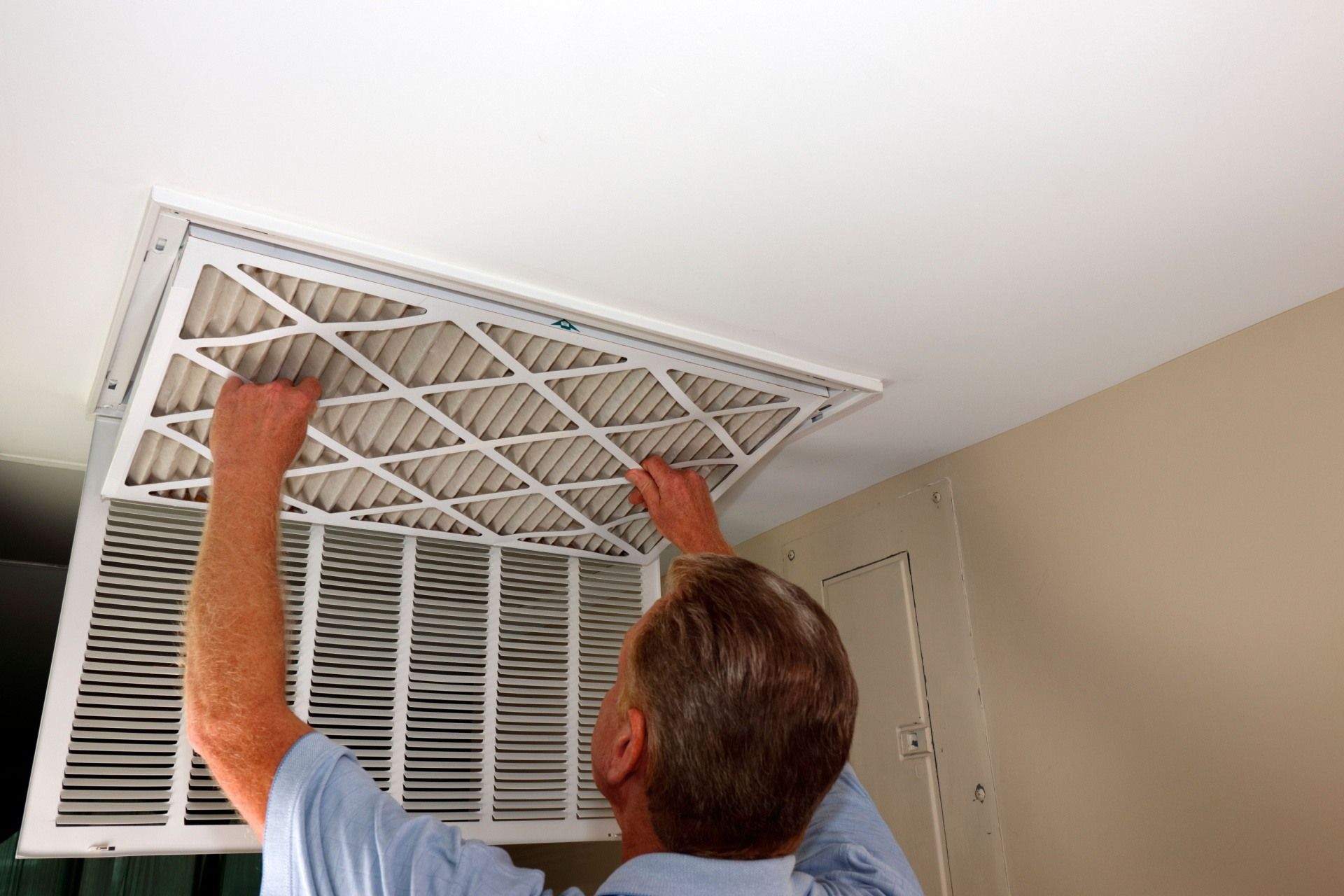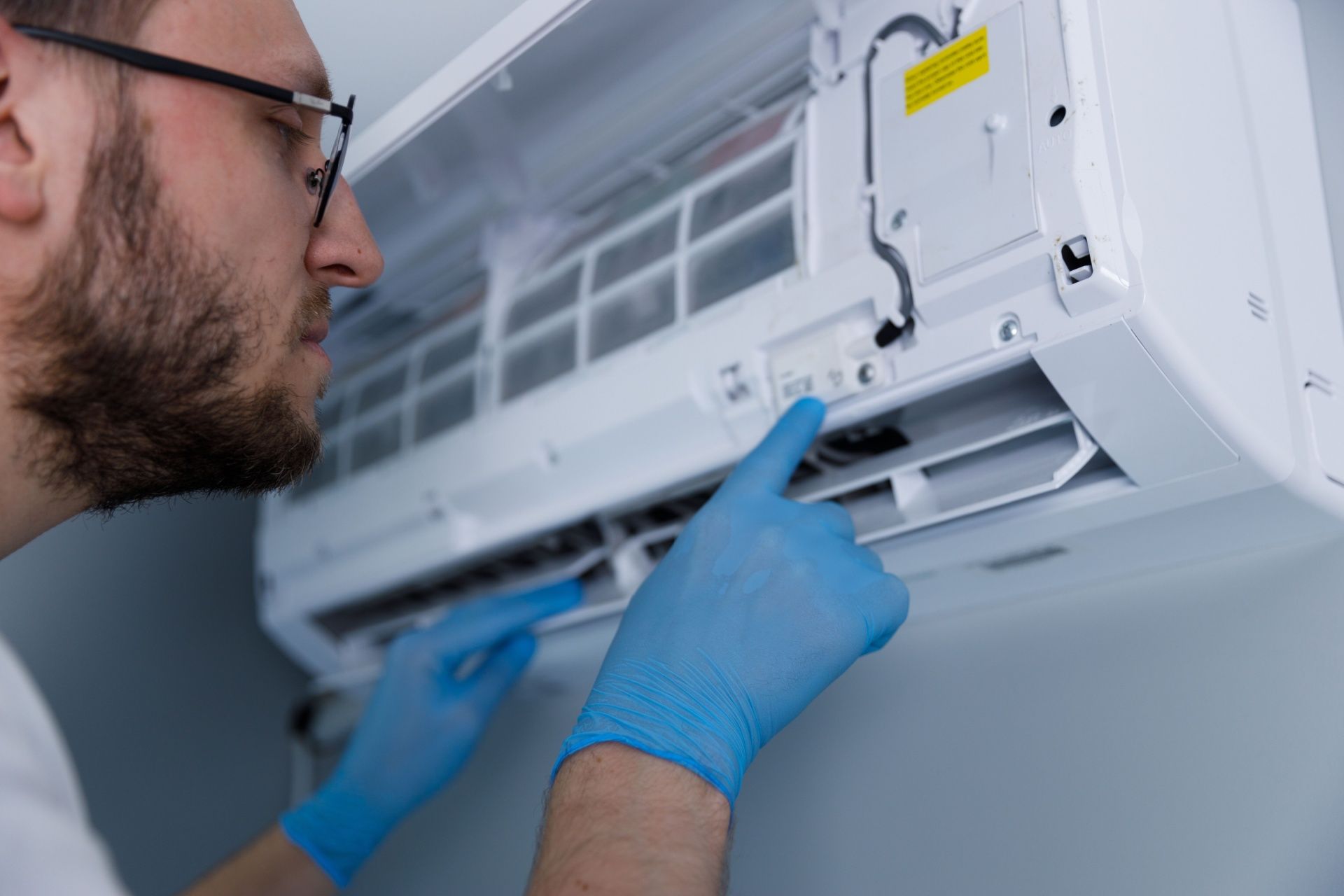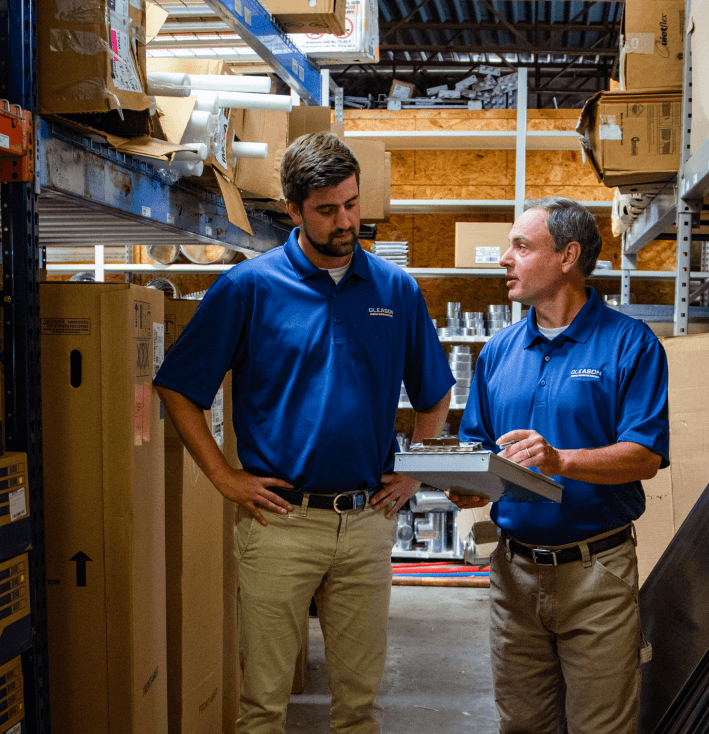Articles
HVAC Contractor Tips and Articles For Your Home
What Is a Septic Tank? How Does a Septic Tank Work?
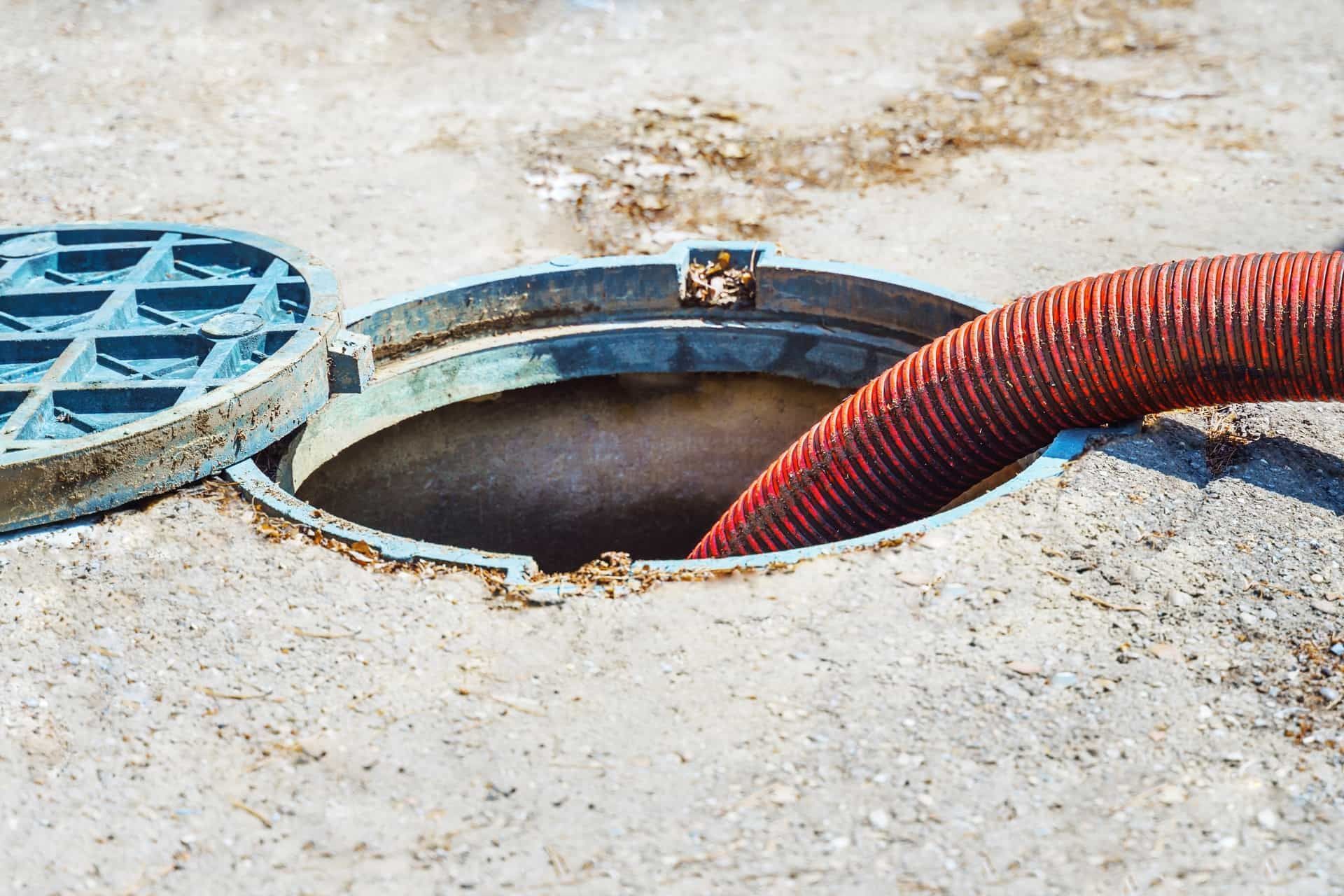
A septic tank is essential to many homes, especially those in rural areas without access to a centralized sewer system. It serves as a self-contained wastewater treatment system, efficiently managing household waste.
Understanding what a septic tank is and how it works can help homeowners maintain their systems and avoid costly repairs.
What Is a Septic Tank?
A septic tank is an underground, watertight container designed to treat and dispose of wastewater from your home. Made from concrete, fiberglass, or plastic, the tank collects water from toilets, sinks, showers, and other
plumbing fixtures. The tank treats the wastewater on-site instead of sending it to a public sewer system.
Septic tanks are standard in rural and suburban areas where connecting to a municipal sewer system isn't feasible. When properly maintained, these systems are cost-effective and environmentally friendly.
Components of a Septic System
A septic system typically consists of the following key components:
- Septic Tank: The main holding tank where wastewater is collected and separated.
- Drain Field: A leach field is a network of perforated pipes that disperses treated water into the soil.
- Pipes: Plumbing that connects your home's wastewater system to the septic tank and drain field.
- Soil: The final filtration layer where treated water safely returns to the environment.
How Does a Septic Tank Work?
A septic tank processes wastewater in several stages to separate solid waste, treat water, and safely dispose of it, including
water treatment to remove contaminants and improve water quality before it is released into the environment. Here's how it works step by step:
- Wastewater Enters the Tank: When you flush a toilet or drain water from a sink, the wastewater flows through pipes and enters the septic tank. The tank collects all household wastewater, including solid and liquid waste.
- Separation of Waste: Inside the tank, the wastewater separates into three layers:
- Scum Layer: Lighter materials like oil and grease float to the top.
- Effluent Layer: The middle layer consists of partially treated water.
- Sludge Layer: Heavier solids sink to the bottom of the tank.
- Natural Breakdown of Solids: Bacteria inside the tank break down the organic matter in the sludge and scum layers. This natural process reduces the volume of solid waste over time. However, some waste remains and must be pumped out periodically.
- Effluent Discharge: The liquid layer (effluent) flows from the septic tank into the drain field. A system of perforated pipes evenly distributes the effluent into the surrounding soil.
- Soil Filtration: The soil in the drain field acts as a natural filter, removing harmful bacteria and nutrients from the water. Cleaned water then returns to the groundwater supply.
Types of Septic Tanks
There are several types of septic tanks, each with unique features. The most common types include:
- Concrete Septic Tanks: Durable, long-lasting, heavy, and expensive to install.
- Plastic Septic Tanks: Lightweight and resistant to corrosion but may be prone to damage during installation.
- Fiberglass Septic Tanks: Lightweight and strong, making them a popular choice for many homeowners.
- Aerobic Septic Systems: These systems use oxygen to enhance the breakdown of waste, providing a higher level of treatment than traditional
tanks.
Common Septic Tank Problems
While septic systems are generally reliable, they can encounter problems if not properly maintained. Here are some common issues:
- Clogged Pipes: Solid waste can clog pipes from the septic tank.
- Overloaded Drain Field: Excessive water use can overwhelm the drain field, causing it to fail.
- Tank Damage: Cracks in the tank can lead to leaks or contamination of the surrounding soil.
- Bacterial Imbalance: Harsh chemicals or medications can kill the beneficial bacteria needed to break down waste.
Tips for Maintaining Your Septic Tank
Proper maintenance is essential to keep your septic system functioning efficiently. Here are some tips to help you care for your system:
- Regular Pumping: Your septic tank should be pumped every 3-5 years, depending on usage and tank size. Regular pumping prevents the buildup of solids, which can lead to blockages or system failure.
- Watch What You Flush: Avoid flushing items like wet wipes, feminine hygiene products, or cooking grease down the drain. These materials can clog your septic system.
- Conserve Water: Reduce water usage by fixing leaks, installing water-efficient fixtures, and spacing out laundry loads. Too much water can overload the system.
- Avoid Harsh Chemicals: Household cleaners, pesticides, and other chemicals can kill the beneficial bacteria in your septic tank. Use septic-safe cleaning products whenever possible.
- Protect the Drain Field: Do not park vehicles or place heavy objects over the drain field. This can compact the soil, damage the pipes, and interfere with proper drain cleaning, leading to blockages and system failure..
- Inspect Regularly: Have a professional inspect your system annually to identify potential issues before they become significant problems.
Benefits of a Well-Maintained Septic System
A properly maintained septic system offers several benefits:
- Cost-Effective: Regular maintenance is less expensive than repairing or replacing a failing system.
- Environmentally Friendly: Treating wastewater on-site reduces pollution and conserves resources.
- Longevity: A well-maintained septic system can last for decades.
When to Call a Professional
Contact a professional, such as Gleason Plumbing Services, immediately if you notice septic system problems, such as slow drains, foul odors, or standing water in your yard. Prompt action can prevent further damage and costly repairs.
Conclusion
A septic tank is vital to any home not connected to a municipal sewer system. Understanding how it works and following proper maintenance practices ensures that your septic system operates efficiently for years. Remember, a well-maintained septic system protects your property and safeguards the environment.
Need expert septic tank services? Contact
Gleason Plumbing today for reliable maintenance and repair solutions!
Disclaimer: The information on this website and blog is for general informational purposes only and is not professional advice. We make no guarantees of accuracy or completeness. We disclaim all liability for errors, omissions, or reliance on this content. Always consult a qualified professional for specific guidance.

